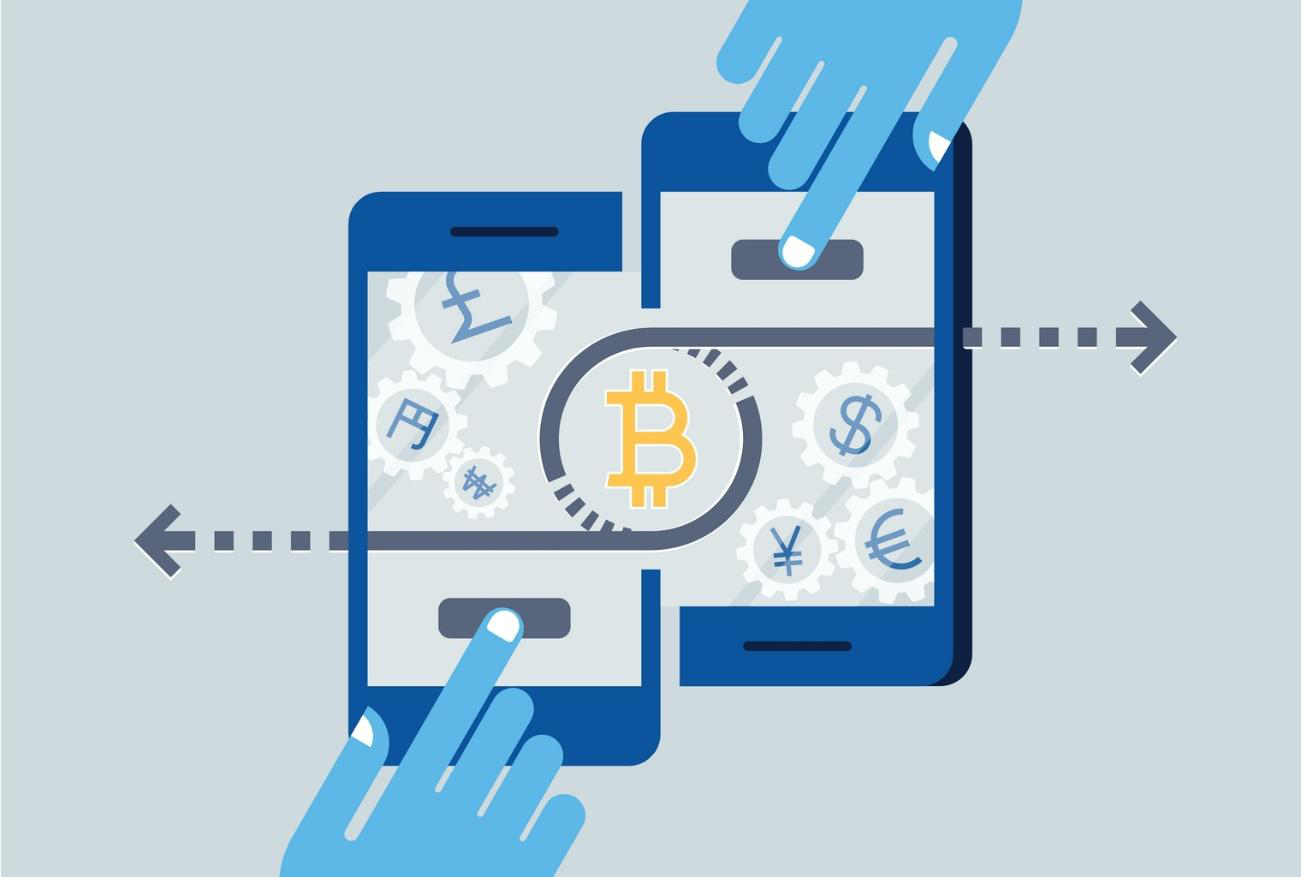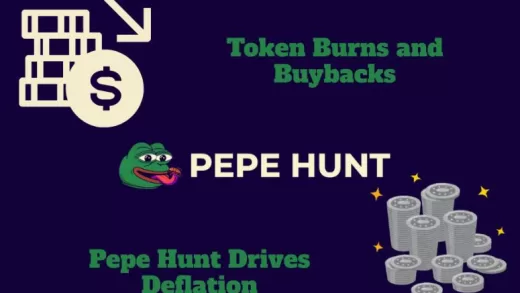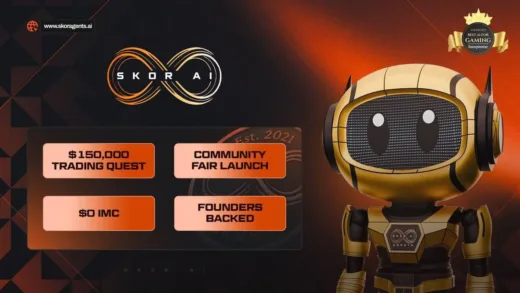Cryptocurrencies and blockchain technology, as well as cryptocurrency mining, are becoming more popular these days when the global crisis has hit the majority of traditional financial institutes. Many are trying to diversify their investment portfolios to save their earnings against the growing inflation and thus they come to cryptocurrencies. But how can they be obtained? One of the available ways is cryptocurrency mining.

Who can start crypto mining?
To enter the market and to start generating the digital money you just need to acquire special mining equipment or you can rent part of the mining device that is called cloud mining.
The cloud mining service, due to being very simple in use, is attracting more people today. It allows us to rent certain capacity and receive income from its use without many efforts. It is not obligatory for the user to launch his own mining farm. It is enough to rent a certain amount of hash power and start getting his share of income.
Thus, a person who wants to start mining needs just to select a cloud mining provider, register on the platform, select a mining contract (with certain hash power and duration), purchase it and start getting crypto. Everything seems to be very easy, but there are still some tips you would need to know.
How to select a mining contract?
What would you need to know before you select your mining contract? Let’s have a look at the most important questions.
How to calculate the profit of the contract?
We will provide the answers based on BTC mining contracts. The profit mainly depends on the BTC exchange rate, network difficulty, and the contract conditions.
What is network difficulty?
In simple words, it is the complexity of the task that miners need to solve to create the block. If there are not many miners, difficulty falls, if there are a lot of them, the difficulty starts growing, and it becomes harder for a particular miner to find a block. The difficulty changes every two weeks (2016 blocks)
Thus based on the network difficulty at any particular time there is a roughly calculated amount of mining earning per 1 TH in 24 hours, which can be checked on the mining pools websites (e.g. BTC.com).
Currently, right after Halving, this amount is 0,00000781 BTC per 1 TH/24 hours. On May 11, 2020 Halving happened and the reward amount was twice reduced. This happens every 4 years.
What will happen after halving?
As the amount of daily earning directly depends on network difficulty, it is expected to grow again in the nearest future: the vast majority of small miners with obsolete mining equipment are turning off their miners as they are unprofitable anymore. Thus there will be less competition and the network difficulty will drop by up to 50% (it has already started to do so), which will lead to an increase in mining earnings.
As for the BTC exchange rate – after each halving event in the past the Bitcoin price grew significantly afterward. So it is expected in 2020 as well. So mining on powerful and innovative hardware will still remain profitable.
Let’s have look at some examples of profit calculation.
Example #1
| Contract Time | Hash Power | Price | Maintenance Fee | Daily Income |
| 365 days | 7 TH/s | $301 | $0 | $0.55* |
Your daily profit would be daily mining revenue 0.00000781 BTC (this is the revenue amount right after halving, on 12.05.20, which is expected to grow) * 7 TH = 0,00005467 BTC
To calculate the total profit you need to multiply 0,00005467 BTC * 365 days = 0,01995455 BTC
Based on the exchange rate this amount can be different:
- With BTC = 12000 USD it is 239 USD
- With BTC = 15000 USD = 299 USD
- With BTC = 18000 USD = 359 USD
- With BTC = 20000 USD = 399 USD and so on…
Example #2
If we take as an example a contract with a service fee, like this one, the calculation would be a bit different:
| Contract Time | Hash Power | Price | Maintenance Fee | Daily Income |
| 182 days | 7 TH/s | $148 | $0.21 | $0.88* |
In this contract we have daily service fee: 0.03 USD/TH, which should be multiplied by a number of TH in the contract.
Thus we have service fee $0.21
The profit would be calculated by deducting the daily service fee from the mining revenue.
To do it we would need to recalculate the service fee from USD to BTC based on the current exchange rate.
With BTC = 20000 USD it would be $0.21 = 0,0000105 BTC. The higher the BTC rate is, the less this amount of service fee would be deducted. So it is much more profitable to mine when the exchange rate is stable and strong.
The current mining revenue is 0.00000781 BTC * 7 TH = 0,00005467 BTC – this is the daily earning of the contract. We need to deduct 0,0000105 BTC
And 0,00004417 BTC – the daily profit which needs to be multiplied by 182 days to obtain the final profit of the contract = 0,00803894 BTC.
Based on the exchange rate this amount can be different:
- With BTC = 20000 USD it is 160 USD
- With BTC = 30000 USD = 241 USD and so on…
So it is very difficult to say at the moment of purchasing a contract what exact profit would be, as both the network difficulty (and thus the mining revenue) and the BTC exchange rate are constantly changing.
However, those users who purchased mining contracts at the low market have really good chances to have great profit in case of market growth – even more profitable than just to buy BTC and hold it.
So cloud mining is a good option of making money on cryptocurrency without much effort. (If invested with safe and trusted platform)
Are there any risks?
However, with the growing popularity of mining, there is an increasing number of scammers in this area. Many mining companies arise daily, claim they own some mining equipment when in fact they don’t – gather the investors’ money and disappear. How to avoid such cases and what to pay attention to?
Select Profitable Cloud Mining [ECOS Mining]
- Read reviews regularly; monitor the market. Before you start with any particular project, read the reviews on crypto forums about it. Pay special attention to negative reviews, as positive ones can be written by paid agencies;
- Pay attention to the company history. It should have any references on some external resources (some public events, articles in the related magazines, media);
- Find out if the company is registered officially.
- Try to find out if there is a real mining farm in place — are there any video or photo proofs of it? Are there any official papers showing the purchase of equipment – you can ask the company to share them.
- Moreover, there are many mining projects that promise you 300% return or more in a very short period of time — remember in mining no one will guarantee such a high yield in a short period of time, as a lot depends on the market. If the conditions are too good to be true – this may be the first sign of a SCAM.
- The projects and companies that have nothing to hide will always try to provide all the information you ask to be transparent. They can even invite you to the office and show the equipment and the staff.
- One of such legit company is ECOS – a major infrastructure project with its own data center in the Free Economic Zone (FEZ) in Armenia.
- The Armenian Government on October 19, 2018 established Free Economic Zone together with ECOS, which was appointed to be the operator of FEZ.
- The unique infrastructure of the Free Zone allows us to have 0 Profit TAX and 0 VAT which allows ECOS to provide super attractive prices for their customers.
- In February 2018 an agreement with one of the largest power plants in Armenia – Hrazdan Power Plant, was signed, for electricity supply with a total capacity of 200 MW.
- ECOS has its own End to End solution for the management, monitoring, and maintenance of the Mining infrastructure which allows us to run a big scale Mining operations very efficiently.











![[Sponsored] STG Energy Launches Breakthrough Cloud Mining Product to Democratize Crypto Mining 12 STG mining](https://coinfunda.com/wp-content/uploads/2025/02/STG-mining-520x293.webp)
![[Sponsored] Centralhash cloud mining platform easily obtains 100,000 US dollars of 13 central hash](https://coinfunda.com/wp-content/uploads/2025/02/central-hash-512x293.webp)